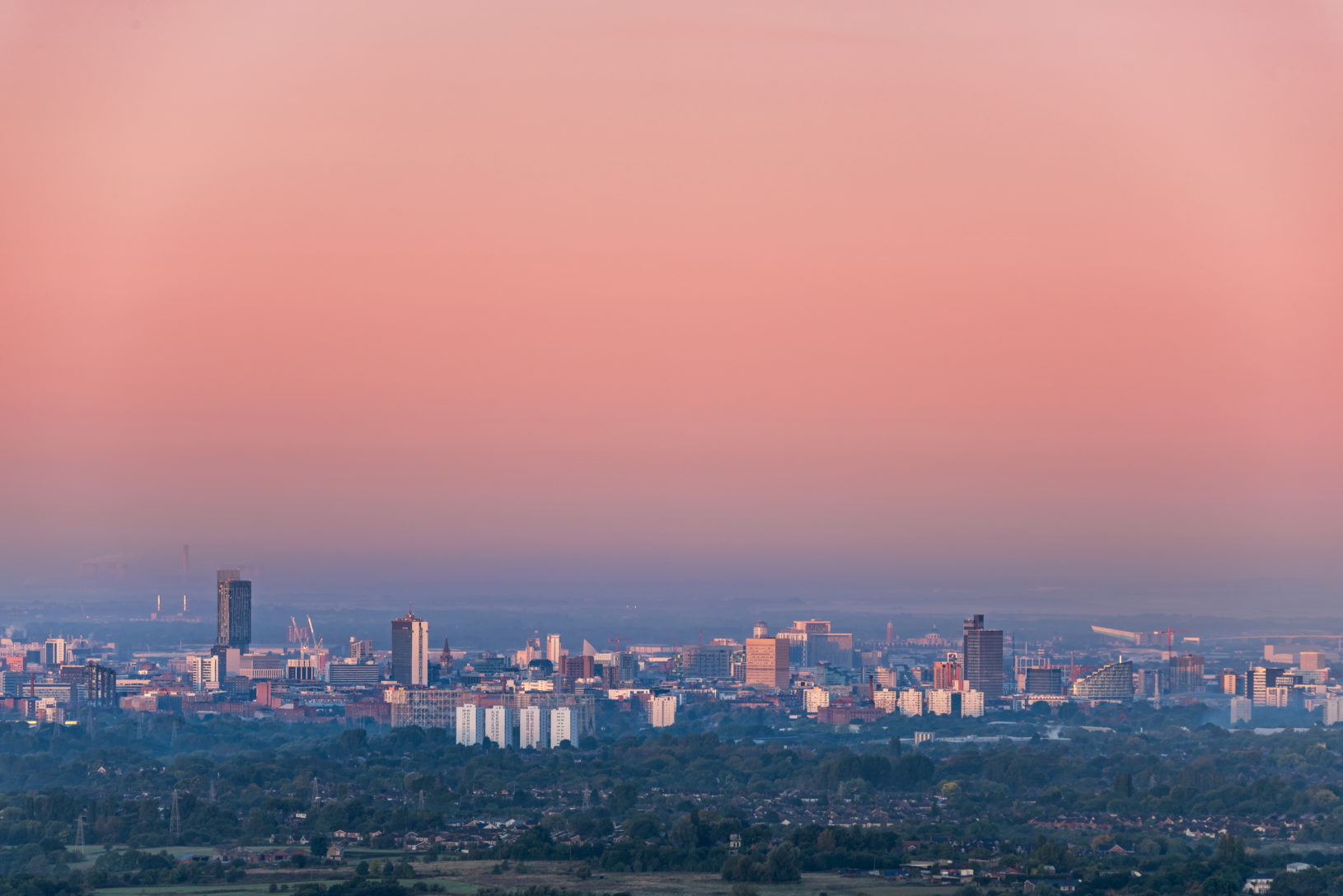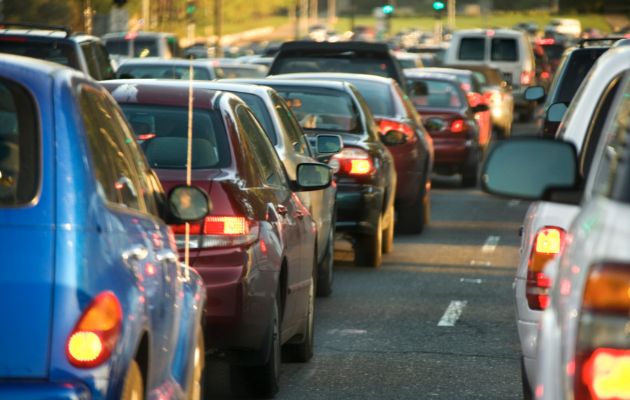
Air quality tends to be worse in cities than elsewhere in the country and is the largest environmental risk to public health in the UK, causing an estimated 40,000 deaths each year. Our research reveals that 40 UK cities and towns are at or exceed World Health Organisation air pollution limits and more than one in 19 deaths in these places are related to long-term exposure to just one type of toxic pollutant: PM2.5.
Transport is a significant, but not sole contributor to air pollution. Burning fuels is also a major cause. For example, half of deadly PM2.5 toxins generated in cities and large towns come from sources such as wood burning stoves and coal fires. The levels of this toxic pollutant break World Health Organization guidelines and yet are currently legal in England, Wales and Northern Ireland.
There is a clear south / north divide to air pollution. Cities in the Greater South East have higher levels of pollution and higher concentrations of deadly PM2.5. For example, in London, Slough and Luton, PM2.5 cases an estimated one in 16 deaths. Conversely, cities in Scotland and northern England see the smallest proportion of PM2.5-related deaths. Aberdeen is the city with the lowest proportion – one in 33 deaths are estimated to be caused by the pollutant.
Although in cities and large towns like Glasgow, Warrington and Oxford, NO2 concentration levels more than halved during the first lockdown, not all cities and large towns experienced a significant improvement in air quality.
Our research revealed that improvements were short-lived, as when restrictions were lifted air pollution returned to its pre-pandemic levels in 39 out of 40 cities and large towns studied.
Back in January, the Government pushed back the Environment Bill for at least another six months, delaying decisions fundamental to improving air quality and to bringing air pollution targets in line with World Health Organization guidelines. We believe the Environment Bill must return to Parliament as soon as possible and be much tougher in its approach to tackling air pollution in UK cities.
The pandemic has pushed air quality concerns down the national agenda, with policymakers prioritising the immediate healthcare and economic impacts of Covid-19. As restrictions lift and the UK begins to emerge from the pandemic, urgent action must be taken to address air pollution once again.
Steps to tackle air pollution in UK cities include:
Showing 1–10 of 44 results.

Different parts of Wales will have very different roles to play in helping the Welsh Government hit its ambitious transport targets.

Hear analysis from Centre for Cities at this briefing on our latest report exploring how to improve public transport in the Glasgow City Region, hosted by Get Glasgow Moving.

Air pollution kills. It’s a shame few politicians have dared point this out in recent weeks.

Private Roundtable with Kerry McCarthy, Shadow Minister for Climate Change.

Daniel Knowles shares insights from his new book looking at how dependence on cars affects urban geography, economics, and wellbeing.

Glasgow’s progressive approach to cutting transport emissions is a step in the right direction for the city – one that other cities could learn from and build on.

Extending London’s Ultra-Low Emission Zone across the Capital will have been a politically tough decision, but it is the right one to make.

The fourth blog in Centre for Cities' TfL series looks at Singapore's urban mobility model which shows that congestion charging and ULEZ are not the only policies available to simultaneously raise revenue and reduce car use.

Senior Analyst Jeffrey Mo takes a detailed looked at the impact of Birmingham's CAZ, a year after its introduction

There are valid concerns about the economic impact of charging cars for access to city centres. Data on footfall and spend suggest that Birmingham’s new Clean Air Zone had no negative long-term effect on the city centre’s economy.